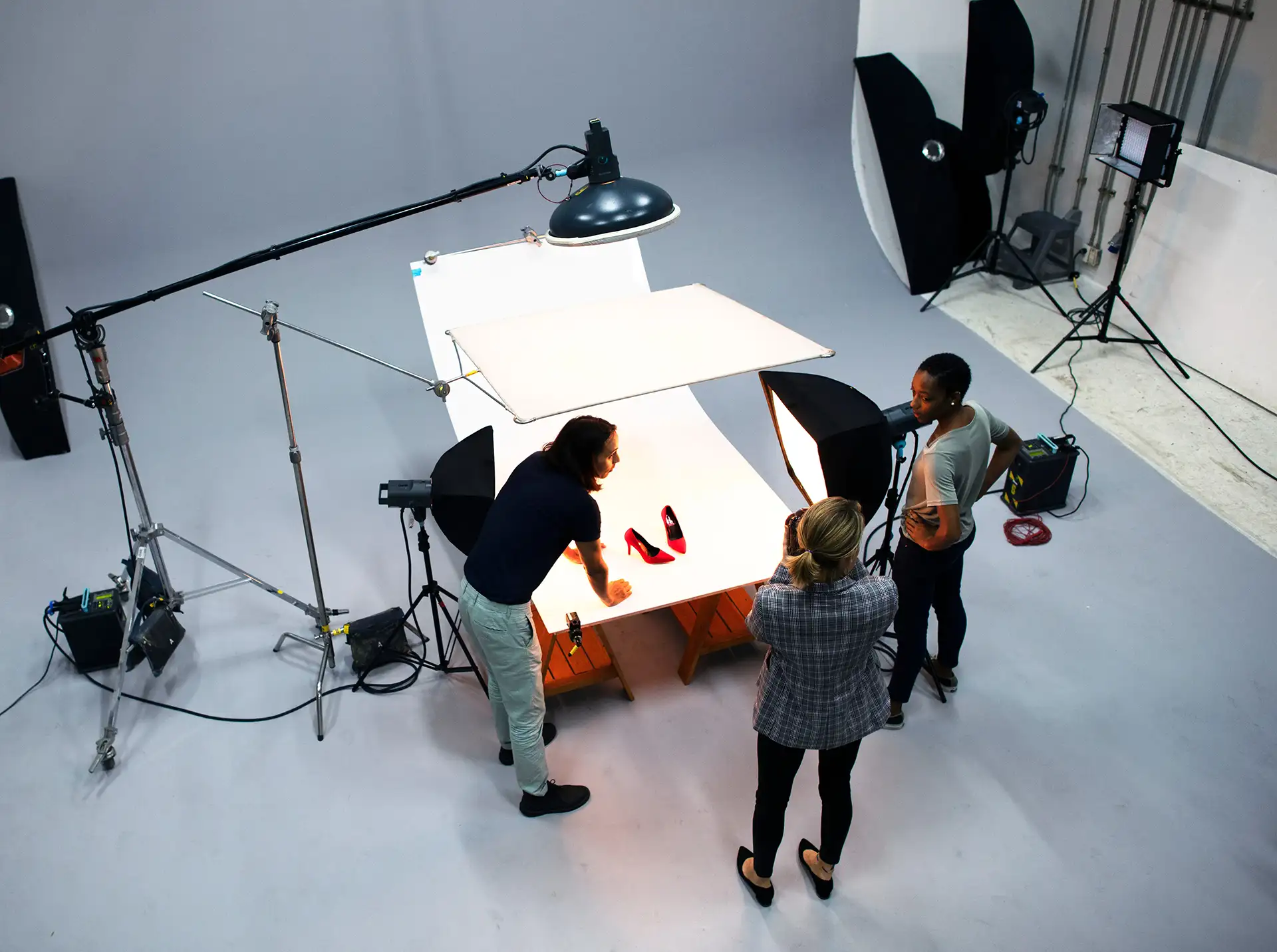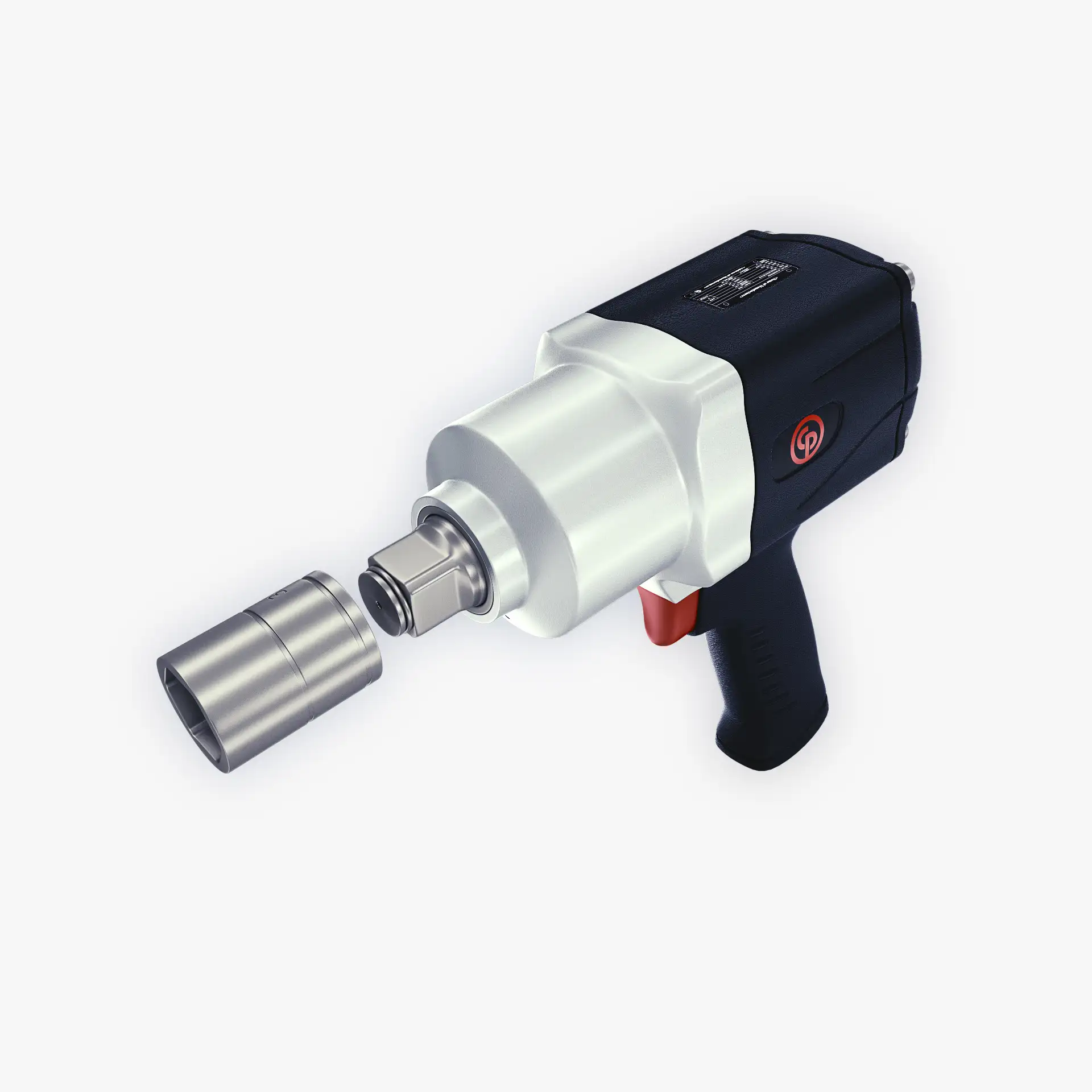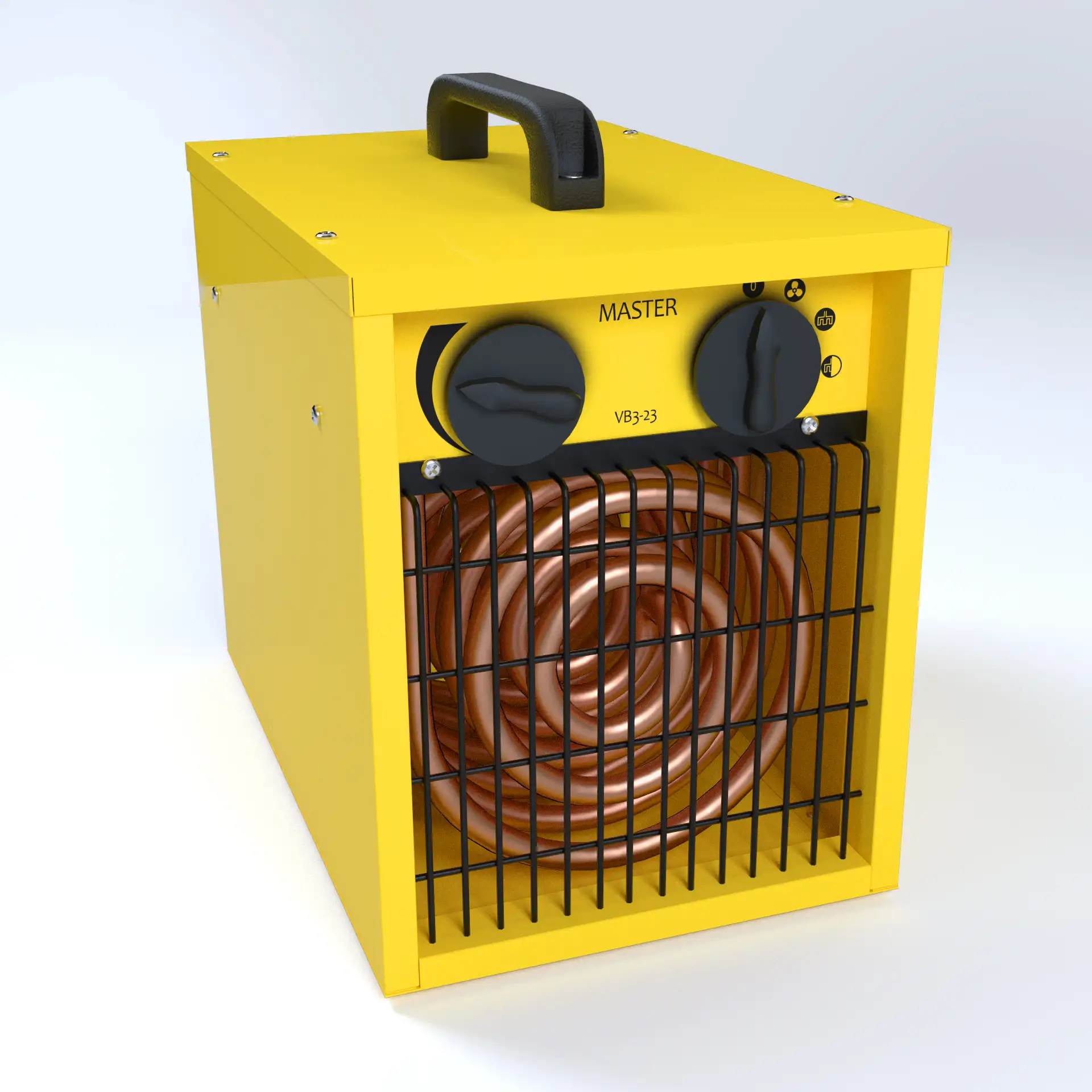Product photography

Product photography is one of the most popular ways of presenting products, and has been used by manufacturers for many years. Product photos are taken with a camera or smartphone and allow for a realistic shot of the product. This method of product presentation can be particularly effective for entrepreneurs who want to show their products to customers quickly and easily, without the need for specialized graphic design knowledge or the use of sophisticated software to create virtual visualizations.
Nowadays, with the development of digital technology, photographing products has become more accessible and easier than ever before. All you need is the right lighting, background and camera to get good quality photos. Photo editing software, such as Adobe Photoshop, is also often used to enhance photos or add special effects.
Product images are usually cheaper than creating renders, which is especially important for small and medium-sized companies that often don't have a lot of money to spend on them. It's also a faster way to present products, which can be especially important for companies that have a large number of products to present.
However, it's worth remembering that product photos have their limitations. While in most cases it is possible to get realistic and attractive product photos, this is not always possible due to the nature of the product or its size. In the case of large products, such as wooden structures or cars, it is difficult to get a photo with the right angle that captures all the details of the product. In such cases, model making may be a better option, as it allows you to control every aspect of the visualization, and get an accurate picture of the product.
It's also worth noting that product images can be supplemented with rendered shots to achieve a comprehensive product presentation. This will allow the customer to see the product in detail both in the form of a photograph and a three-dimensional model, which will certainly influence his decision to buy.
When should you consider opting for product images?

Product photos are a good choice for companies that offer products that already exist and are available on the market. Then you can easily take photos of products that are physically available and are already in full production. This allows the customer to see exactly what the item looks like and what features it has.
Photos are also a good choice for companies that offer products that are easy to photograph. Then all you need is the right lighting and background to get good quality photos.
3D models

3D models as a method of visual presentation are a tool that is increasingly used these days in the advertising, film or design industries. Thanks to specialized programs such as Blender or 3D Max, we are able to create a virtual visualization of a product that allows us to accurately depict its features, functions and appearance.
The main advantage of creating three-dimensional product models is that, unlike traditional photos, we can control every aspect of the visualization, from light and shadows to materials and textures. This results in a very realistic image of the product, which allows the customer to see its details and features in detail.
In addition, the creation of 3D models allows for easy modification of the product, such as changing the color, size or shape, without having to reshoot. With traditional photography, such a change would require organizing another photo shoot, which incurs additional costs and makes it difficult to make changes to the product. With 3D models, we save time and money, and make the process of making product changes easier.
One of the additional advantages of creating three-dimensional models is that it allows us to present products that have not yet been physically created, but are in the design phase. This allows us to see what the product will look like in reality before it is created. This approach allows us to make changes and improve designs faster.
Another advantage of creating 3D models is that, unlike traditional photos, which usually show only one shot of a product, rendering allows us to create multiple variations of visualizations. This allows us to present the product from different perspectives, which allows us to show its details and features more accurately.
However, one should not forget about some limitations of creating this type of visualization. One of them is that rendering requires good knowledge of specialized software and knowledge of lighting, textures and materials. In addition, creating realistic product visualizations can be time-consuming, especially if the design is complex.
When to opt for 3D models in visual presentation of a product?

Creating 3D models is particularly beneficial for companies offering products that do not yet exist in reality or are still in the design phase. Then virtual visualization allows you to show the product to customers who might not otherwise have the opportunity to see it.
Visualizations are also a good choice for companies offering products that are difficult to photograph or require specialized framing, such as cars, jewelry or electronic devices. This allows you to get perfect shots of your products without having to organize special photo shoots.
Summary
While the choice between rendering and product photography depends on a company's individual needs and expectations, rendering is by far more precise, offers better quality, and saves time and money. Rendering is also a highly flexible process that produces an accurate and realistic image of a product that can significantly increase customer engagement and help attract new customers.
If your company offers products with special requirements and features, such as custom or specialty products, creating renders may be the best option for your business. Rendering allows you to produce detailed product visualizations that make every aspect of your product visible, including features and details that are difficult to see in photos.
Rendering is also a great tool for companies that want to show products that are still in the design or production phase. Because rendering provides a realistic image of a product before it is actually made, companies can show customers how a product will look and function in reality, even before it is launched. This, in turn, allows them to increase customer engagement and attract new customers even before sales begin.
It is also worth noting that rendering may be cheaper in the long run than taking product photos. Although the cost of generating renders may initially be higher than the cost of photographing products, rendering may be cheaper in the long run. Why? Because a one-time render generation can be used repeatedly, unlike product photography, which must be done for each new batch of products or to update product images on a website.

